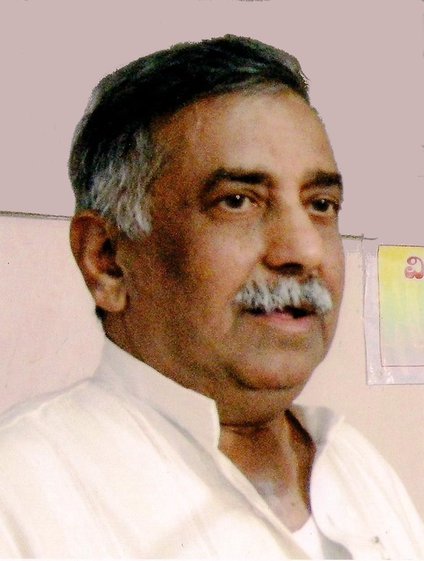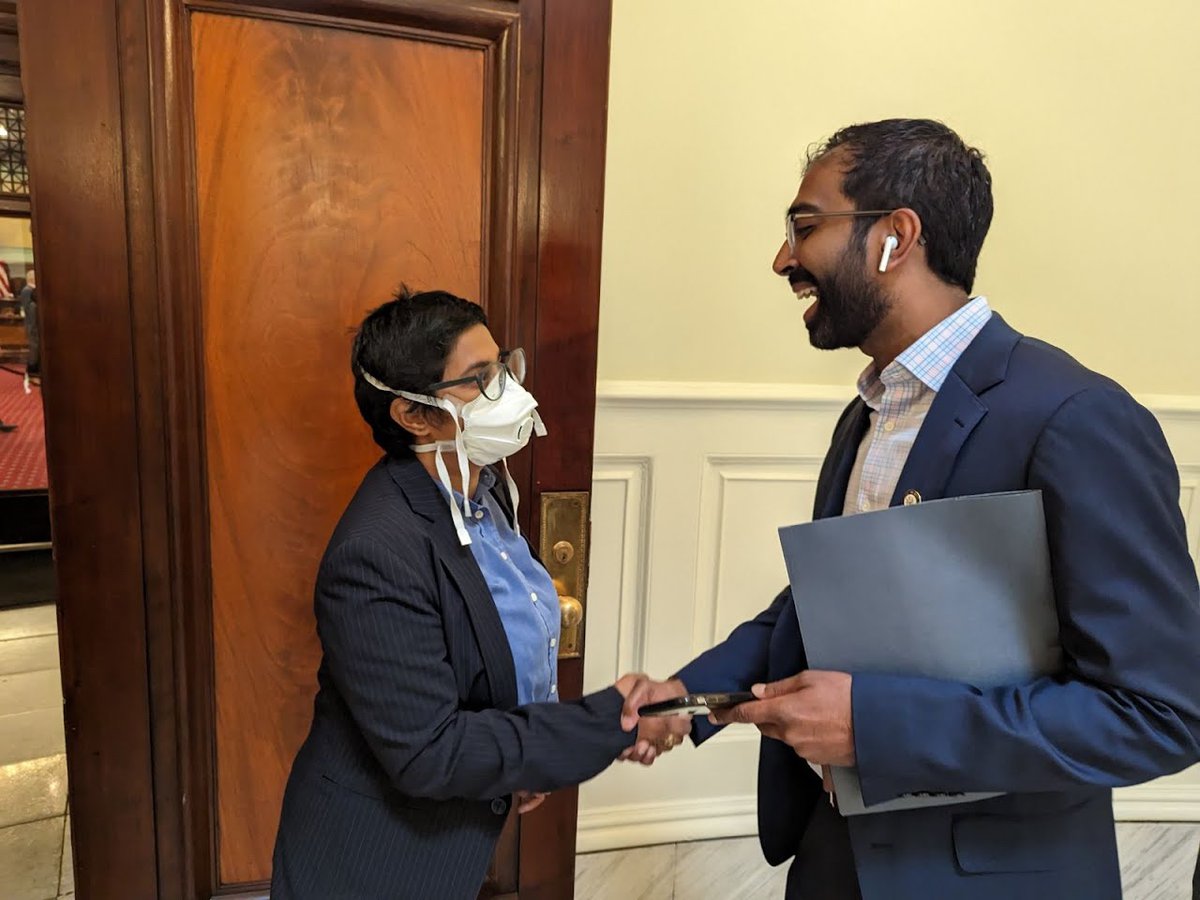Blog by Sumana Harihareswara, Changeset founder
AED Location Data in NYC Will Go Public On January 1st
Last week, the New York City Council passed several bills. One of them was Int 0814-A-2022, which I had suggested. As the press release says,
On June 8, the New York City Council passed the Harihareswara Expand Access to Rapid Treatment Act – or “HEART Act” – with the support of an overwhelming 50 out of 51 Council Members. The bill, introduced by Council Member Shekar Krishnan, will require the City’s Department of Health to publish data on the locations and quantities of all publicly-available automatic external defibrillators (AEDs) in New York City, making the life-saving devices more accessible to any member of the public. Council Member Krishnan first introduced the bill after hearing the story of a constituent, Sumana Harihareswara, whose father died of a heart attack in 2010. The bill – now law – is named in his honor.
Honestly, it hasn't completely sunk in that this idea has made it this far, even though I was literally at City Hall for the vote. Seeing a tweet with a big checkmark has helped.
As I said in the press release:
My father, S.K. Harihareswara, died of a heart attack in 2010. He was a community organizer, a priest, an independent publisher, and one of my inspirations. And then his heart stopped. Lots of us, especially people of South Asian heritage, have cardiac health issues. And COVID has weakened many people's cardiovascular systems and led to more heart attacks. So it's crucial for New Yorkers to know where our nearest AEDs are, and this bill gets that information where more people can get it. Too many people die when nearby AEDs could have saved them, and I'm so grateful to help us stop wasting that chance.

My father, S.K. Harihareswara.
Thanks are due to Chanel Martinez, Gregory Clark, and Chuck Park at Councilmember Krishnan's office, as well as Krishnan himself, for listening to my idea, and for keeping me apprised and listening to my comments as they worked on this bill, and arranging for me to get publicly appreciated in person during the vote on Thursday.
And we're building here on the efforts of so many people, going back decades. Medical researchers. Engineers and businesspeople and regulators who created AEDs and made them safe. Advocates and policymakers who created public access defibrillator programs. The HEART Act is a pretty small iteration that only works because, for decades, we've already been placing AEDs in lots of public places -- subway stations, gyms, and more.
What's next?
On or before January 1st, 2024, New York City will publish AED locations as an NYC Open Data dataset. Here's what I want to do:
- Start setting up tooling and organizational partnerships so that, once the data's available, we can quickly make useful tools and maps (probably remixing the OpenAEDMap which uses the AED layer from OpenStreetMap), publish them, and help others to do so. This setup ought to happen before January 1st. I'm often wary of hackathons but "make a few prototypes based on this dataset" is a reasonable use case, so, maybe we'll do a civic tech hackathon!
- Share those maps and tools with local experts: public health agencies, relevant nonprofits, mutual aid groups, and so on. Encourage them to translate maps into local languages, print them out, redistribute them, and use them in public service messaging. Find out more about what they need and help them partner with civic technologists to meet those needs.
- Work with those folks to spread the message that these AEDs are meant for the general public to use. Completely untrained people can use AEDs safely to save lives. They only deliver a shock if the person needs them. If you hold up those paddles to a healthy person's chest, it won't do anything. They're not like fire hydrants, where you should leave it to the pros. They're like fire extinguishers -- you should know where the nearest one is, so you can grab and use it while the pros are on their way.
- Work with civic tech and local organizing folks to find the AED deserts, and address them. I bet New York City has several densely populated neighborhoods with very few public AEDs compared to the likelihood of cardiac arrest, and we can use this dataset to find them. Councilmembers’ offices could donate AEDs to clubs in those neighborhoods, and work with local businesses. Local merchants' associations will be interested to learn that there's a state tax credit for buying an AED ("The credit is equal to the purchase cost of the unit, or $500, whichever is less.") so the bodega on the corner can afford to keep an AED on hand. This sort of thing.
- Check whether we've actually helped increase public access defibrillator usage! I figure the measure of success for these efforts would be an increase in PAD incident/usage/quality improvement reports, which go to NYC REMSCO and then to the NY State Department of Health. So we'd need to get that data, which as far as I can tell is not yet public.
I haven't yet started setting up any particular mailing lists, websites, or similar stuff for this effort. It may make sense for all of it to be affiliated with some existing civic tech organization like BetaNYC. For now, if you're interested, comment below or follow me personally via RSS/Atom/the Fediverse/my newsletter.

Me (left) shaking hands with Councilmember Shekar Krishnan (right), before the vote on June 8th. Krishnan spoke to the Council about the bill and praised me for my advocacy, referring to me as his "friend and constituent" which I think implies "I trust this person will not publicly embarrass me in the near future such that I have to disavow her." I shall attempt to live up to this trust.
Comments
